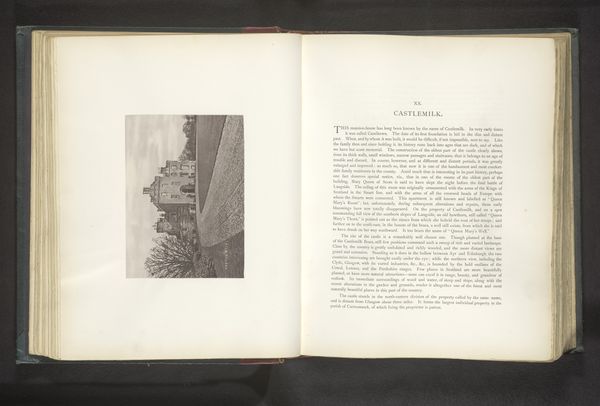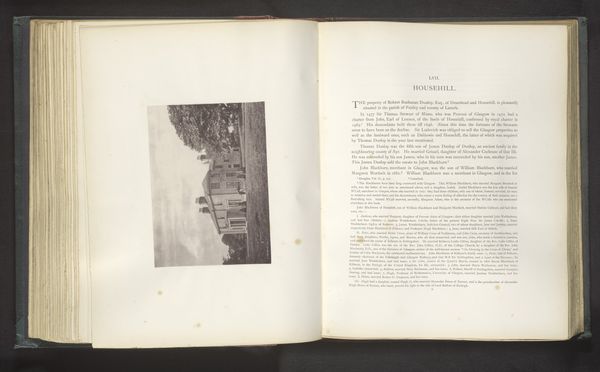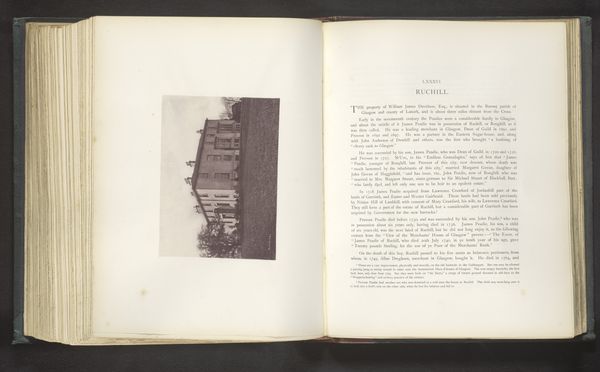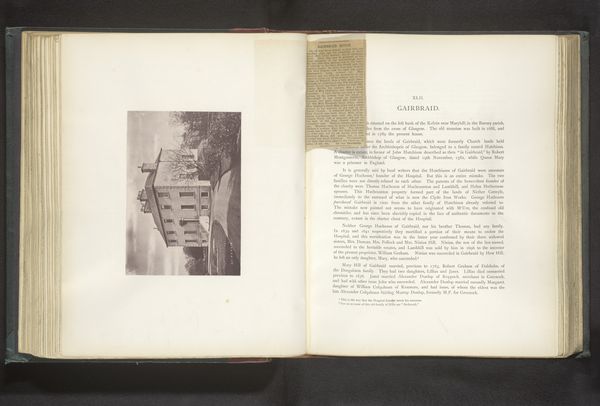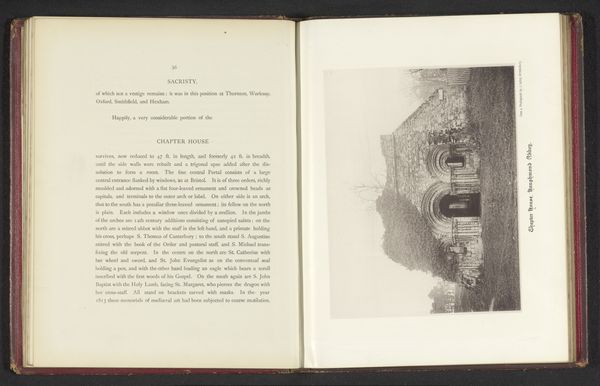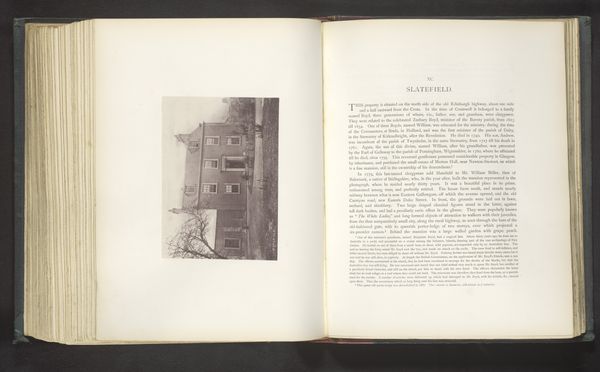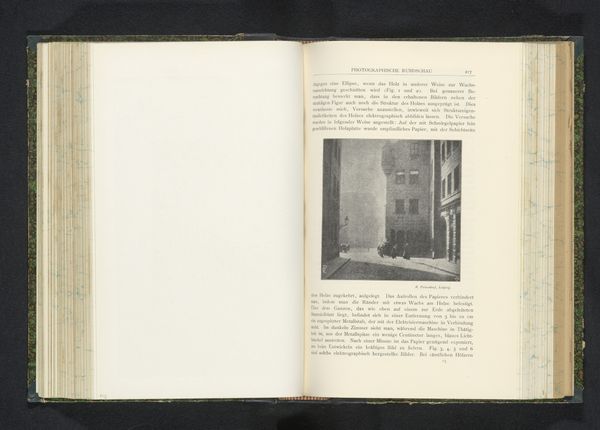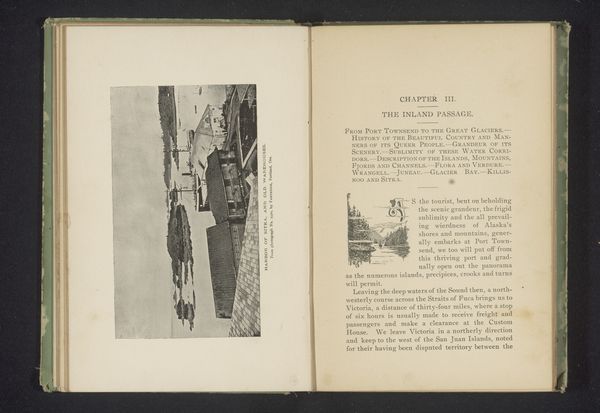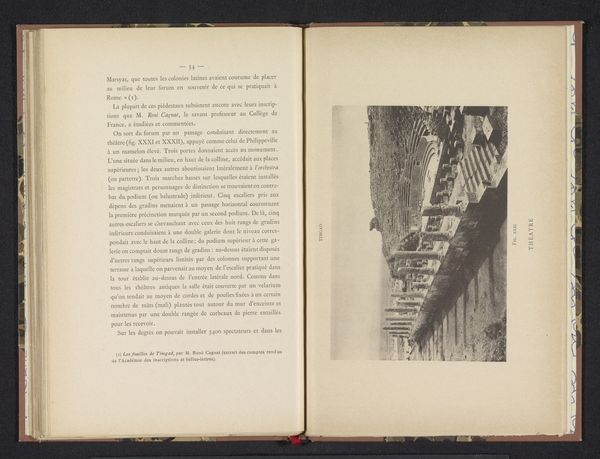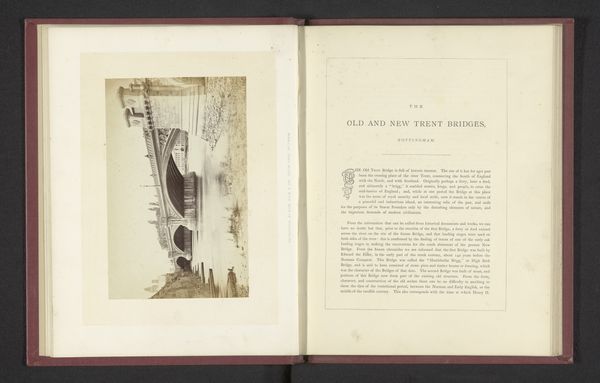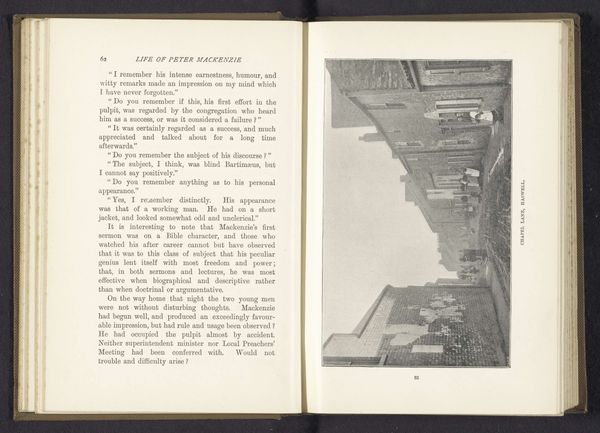
print, photography, collotype
#
script typeface
#
aged paper
#
script typography
# print
#
hand drawn type
#
landscape
#
ancient-egyptian-art
#
photography
#
collotype
#
hand-drawn typeface
#
ancient-mediterranean
#
stylized text
#
thick font
#
handwritten font
#
golden font
#
historical font
Dimensions: height 200 mm, width 280 mm
Copyright: Rijks Museum: Open Domain
Editor: This is a collotype print from 1879, depicting "The Alexandrian Obelisk," also known as "Cleopatra's Needle." The print itself feels like a relic; I get a sense of antiquity just looking at it. What stands out to you about this piece? Curator: What I see here is a fascinating interplay between ancient history and 19th-century imperialism. This obelisk, originally erected in Heliopolis, Egypt, predates Cleopatra by a millennium. Its transportation to Alexandria and later, its relocation to places like London and New York, speak volumes about the Western fascination with, and appropriation of, Egyptian history. Do you see how the print itself participates in this narrative? Editor: You mean by capturing and presenting this monument as a spectacle? The act of photographing and reproducing it makes it accessible in a way that perhaps reinforces a Western perspective. Curator: Exactly! Consider the historical context: the late 19th century was a time of intense colonial activity. The "rediscovery" and subsequent relocation of artifacts like Cleopatra's Needle were often justified as acts of preservation or as trophies of empire. Who do you think this print was intended for, and how might it have shaped their understanding of Egypt? Editor: I suppose it provided a glimpse into a distant, ancient world, fueling the imagination and possibly reinforcing the idea of Western dominance over "less developed" cultures. So the print itself becomes a historical document reflecting those power dynamics. Curator: Precisely. The very act of printing and distributing this image transformed the obelisk from a religious monument into a symbol of Western ambition and historical narrative. I wonder, how do we engage with such relics responsibly today, acknowledging their complex history? Editor: It really gives you a different view to think about how art participates in the cultural conversation, it's much more than what it seems on the surface! Thank you for the context. Curator: My pleasure. It’s about understanding the politics embedded within even the seemingly objective presentation of history.
Comments
No comments
Be the first to comment and join the conversation on the ultimate creative platform.
